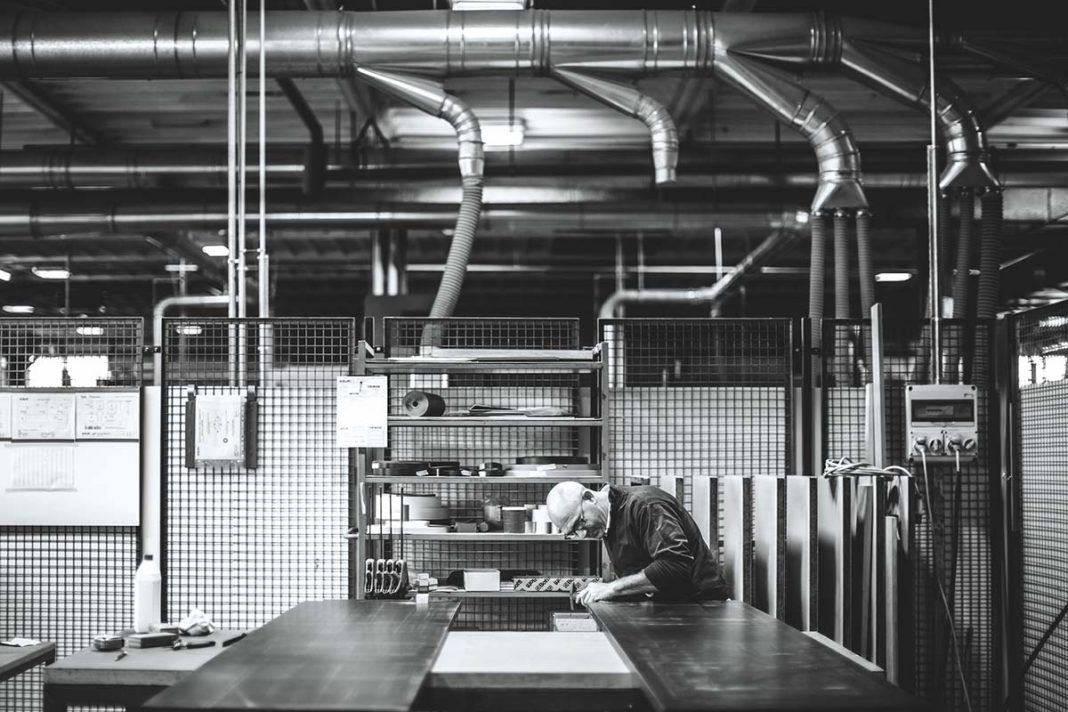It is possible that in 1934, when he opened the woodworking shop that was the start of it all, Piero Boffi already had a visionary project in mind, to create a company that would symbolize a “way of living” in the world, getting beyond the mere sum of “beautiful” products. Be that as it may, at a distance of 90 years Boffi is a prestigious brand, renowned on a worldwide level, an ambassador of high-end design capable of offering an extremely versatile range of proposals, bringing together selected brands that share a taste for refined elegance. This mission has been pursued through a long process, based on the impact of the grand tradition of design, the capacity for teamwork and synergies.
The first breakthrough in the Boffi adventure came with the Piero’s three sons, Paolo, Pier Ugo and Dino. It was Dino who convinced the family to work with architects on the design of kitchen cabinets. Boffi has collaborated with great masters of design: in the 1970s Luigi Massoni arrived, followed by Sergio Asti, Joe Colombo, Antonio Citterio, Paolo Nava, Pepe Tanzi. Then came Piero Lissoni – hired by Paolo in the 1980s, after the premature death of Dino – as well as Marcel Wanders, Naoto Fukasawa, Nendo, Palomba Serafini Associati, Claudio Silvestrin, Zaha Hadid, Patricia Urquiola, Elisa Ossino.

Boffi Headquarters, Lentate sul Seveso
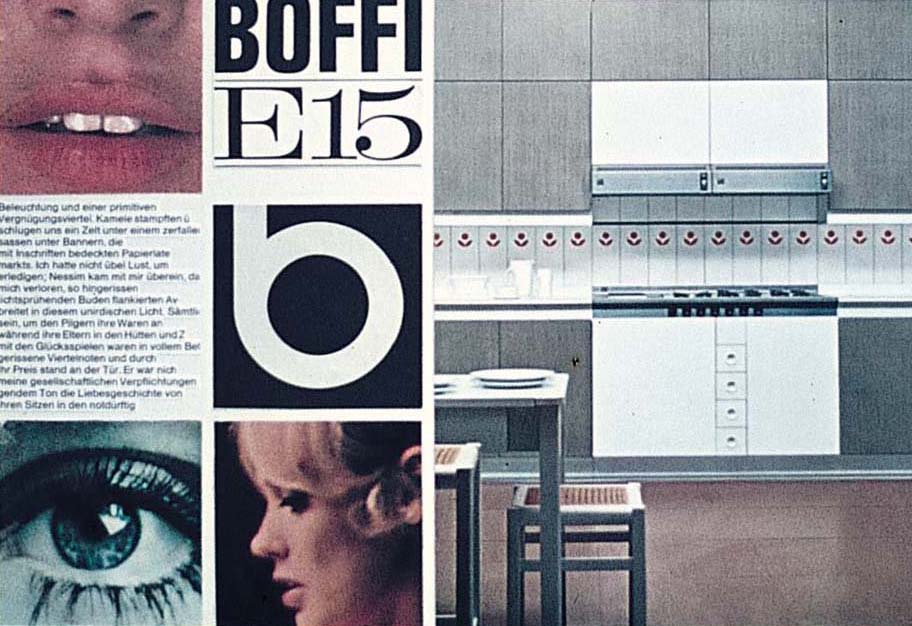
E15 by Boffi, 1968-1970, project for an advertising campaign
Precisely this roster highlights the vocation of design and manufacturing but also the Olivettian idea of “unity in diversity,” namely products characterized by a unified idea of what they are, what they are good for, how they function, what they look like; together with a focus on sustainability and an enlightened vision of the role of the entrepreneur, to form a coherent mission.
The 1980s brought further evolution: in 1986 the position of creative director was assigned to the very young Piero Lissoni, three years after the entry in the management of Roberto Gavazzi, current CEO and President of the brand, relying on his experiences with Saint-Gobain and Olivetti: Gavazzi was in search of an industrial company to develop through his entrepreneurial vision, while Paolo Boffi sought someone who would not just be an investor, but would also share in his passion for innovation.
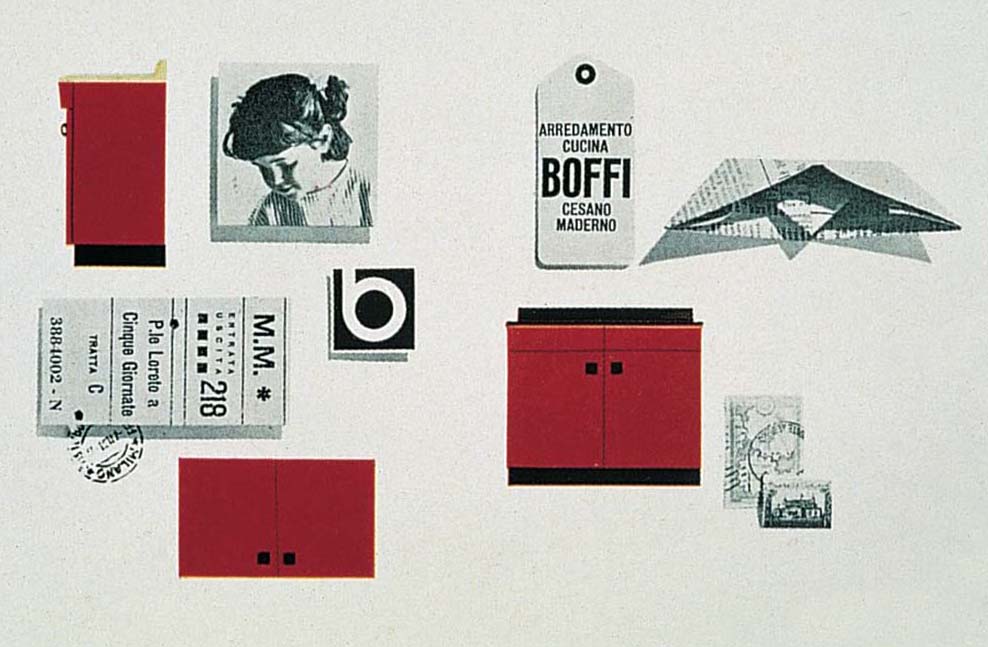
Poster, 1956
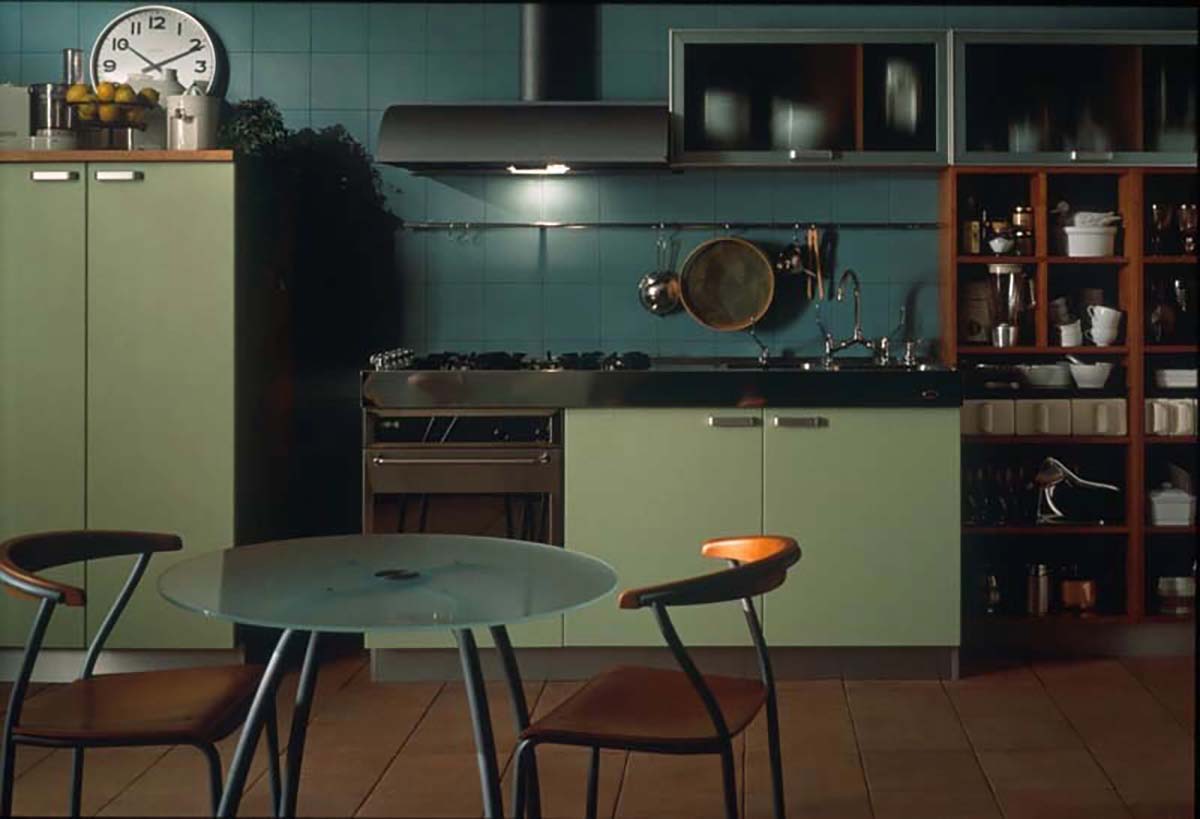
Esprit, design Piero Lissoni, 1990
The partnership led to the original concept of “architecture for food preparation and socializing”: not just furniture, but also a collection of products ready to be “mixed” and personalized. Experimentation was conducted on deconstructed kitchens, essential settings with work areas based on industrial models, as the result of exceptionally rigorous design, as in the Esprit (1990), Latina and Food Center (1992) models by Lissoni.
Starting towards the end of the 1980s, Boffi continued in a phase of international expansion that was already beginning with a series of points of sale on five continents. This commercial growth was sustained by the art direction of Lissoni, which reinforced the brand identity.
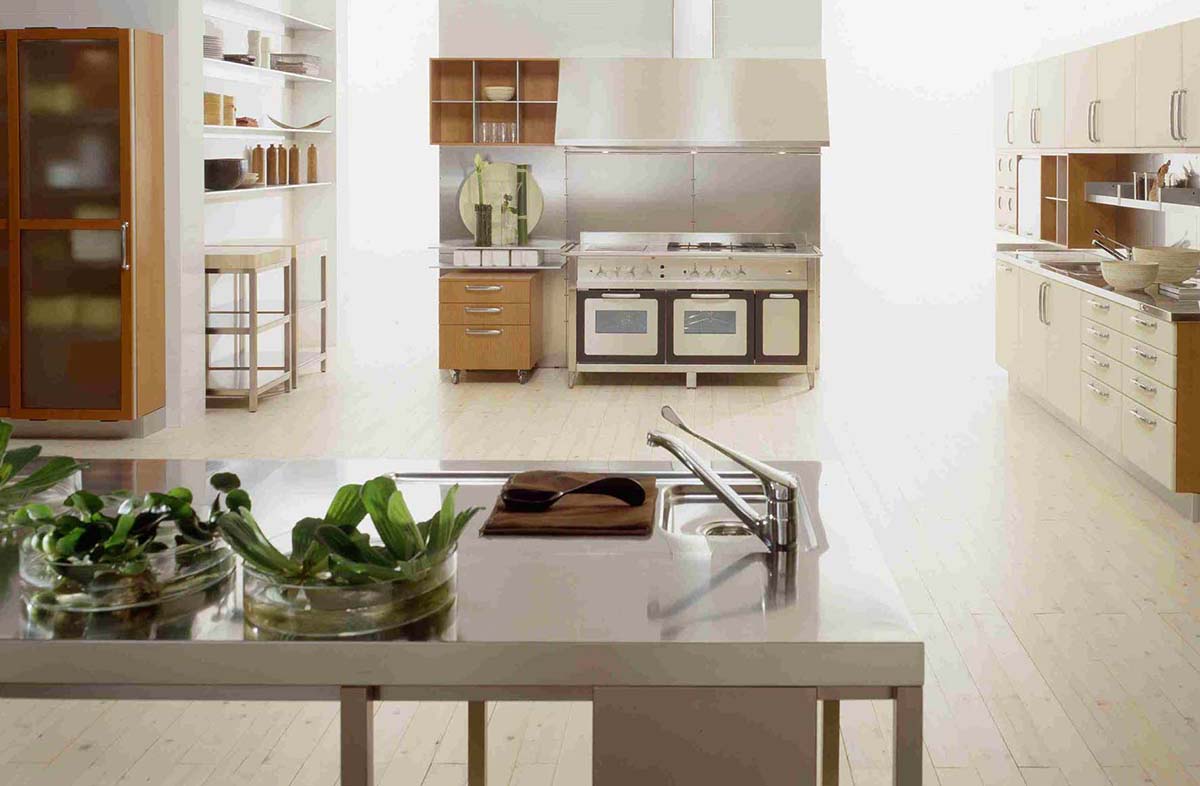
Latina, design Piero Lissoni, 1992
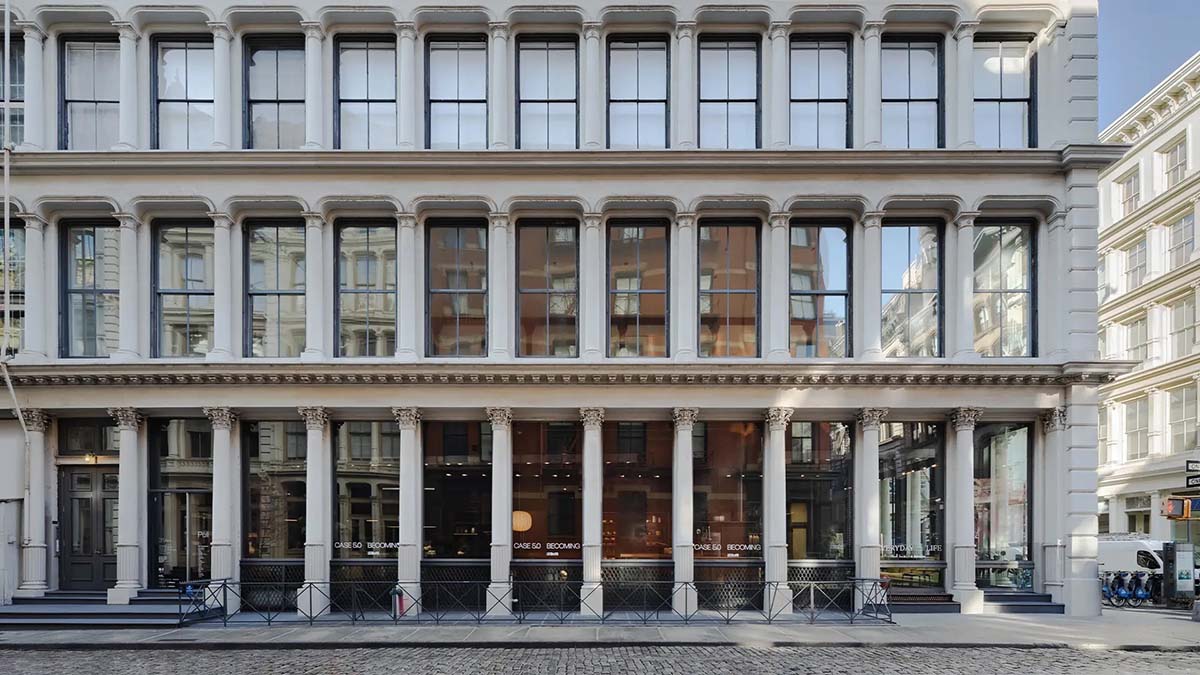
Boffi Showroom, New York
The 2000s brought the development of synergies with networks of suppliers, making it possible to design standardized components for various models, as in the case of the K2 and K14 kitchen blocks by the German designer Norbert Wangen (2003).
Gavazzi thought of an ulterior step: the expansion into the field of wellness in products for the bathroom, sharing Lissoni’s definition of a “place of personal gratification.” This is the period of collaborations with Wanders, Fukasawa, Nendo and Palomba Serafini Associati, followed by initiatives with the tap producer Fantini for the Aboutwater Boffi Fantini line.
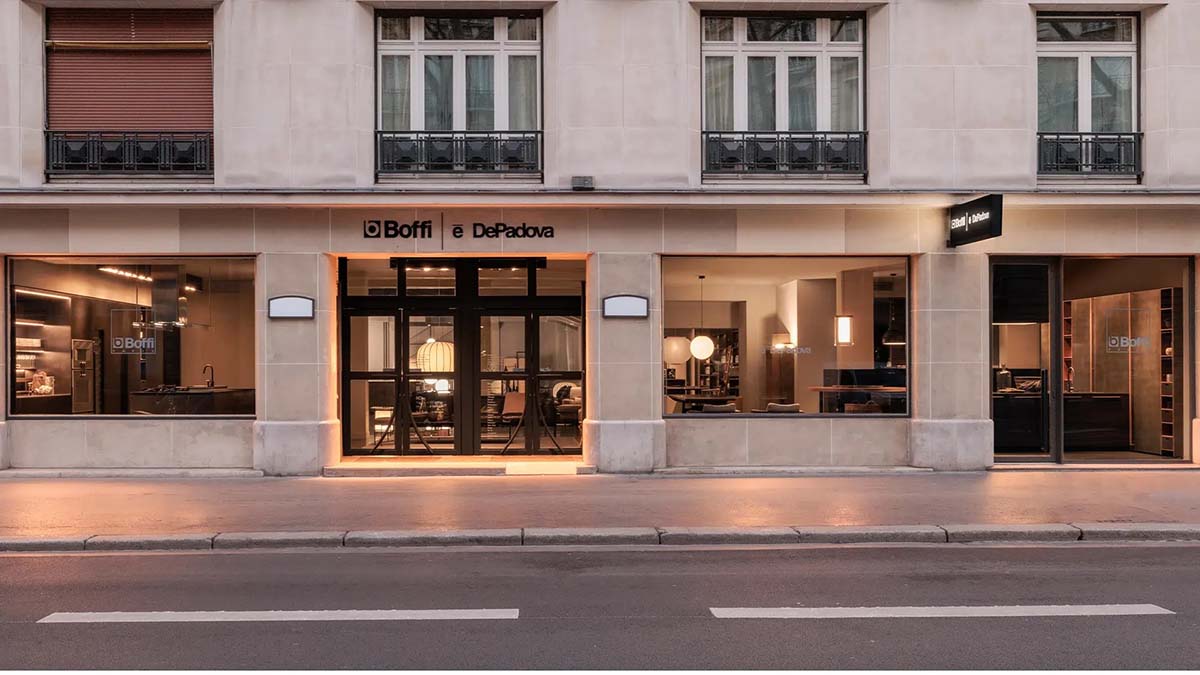
Boffi Showroom, Paris

Sketches by Piero Lissoni
At the same time, Boffi expanded its offerings to include the production of closets, completing the already variegated catalogue for the kitchen and the bathroom: obviously these were not conventional cabinets, but an organization of domestic spaces with walk-in closets. Gavazzi’s goal from the outset has been to transform Boffi into a group capable of addressing all the spaces of the home. In 2015 came the acquisition of De Padova, whose move to Via Santa Cecilia has a symbolic value in perfect harmony with Boffi’s vision: in a secluded loft, the location has been conceived as a domestic environment that reveals itself along an emotional pathway. The focus is on projects rather than products.
The acquisitions continued in the years to follow: in 2017 Ma/U Studio, a Danish firm specialized in tables, shelving and light bookcases; and in 2019 ADL of Massimo Luca, with outstanding know-how in open/close systems, including doors, screens and flexible partitions. Besides entrepreneurial instinct, Gavazzi is driven by a desire for “cultural sharing,” as in the recent Time & Style ēdition and Everyday Life by Paul Smith + De Padova collections, respectively created with Ryutaro Yoshida, founder of the Japanese brand Time & Style, and with the fashion designer Paul Smith. In their diversity, both are based on deep respect for craftsmanship, with high standards of aesthetics and quality, and a constant relationship with heritage, aspects also found in the exclusive collaborations with Bonacina 1889, De Castelli, Inalco, Society Limonta, Nerosicilia.
In this phase particular importance is assumed by the figure of Chiara Tombari, who came up working with Lissoni, as the new creative director of the group, at the helm of an updated managerial team in charge of the design of stores, events and growth strategies. It is in this moment that a strong focus on communication emerges, based on emotions and theatrical impact.

Grand Chef, design Pepe Tanzi, 1984
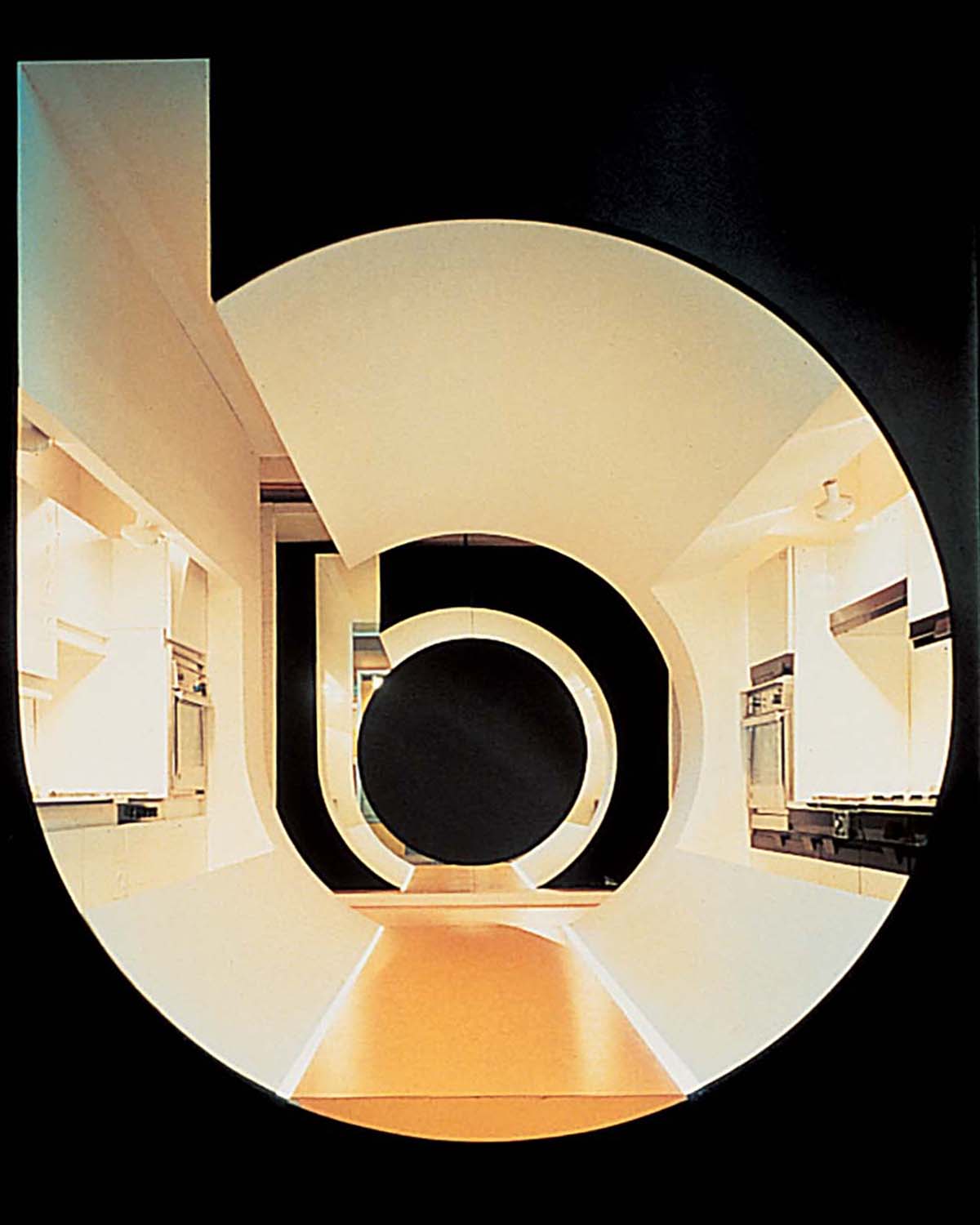
Boffi stand, Eurocucina 1972
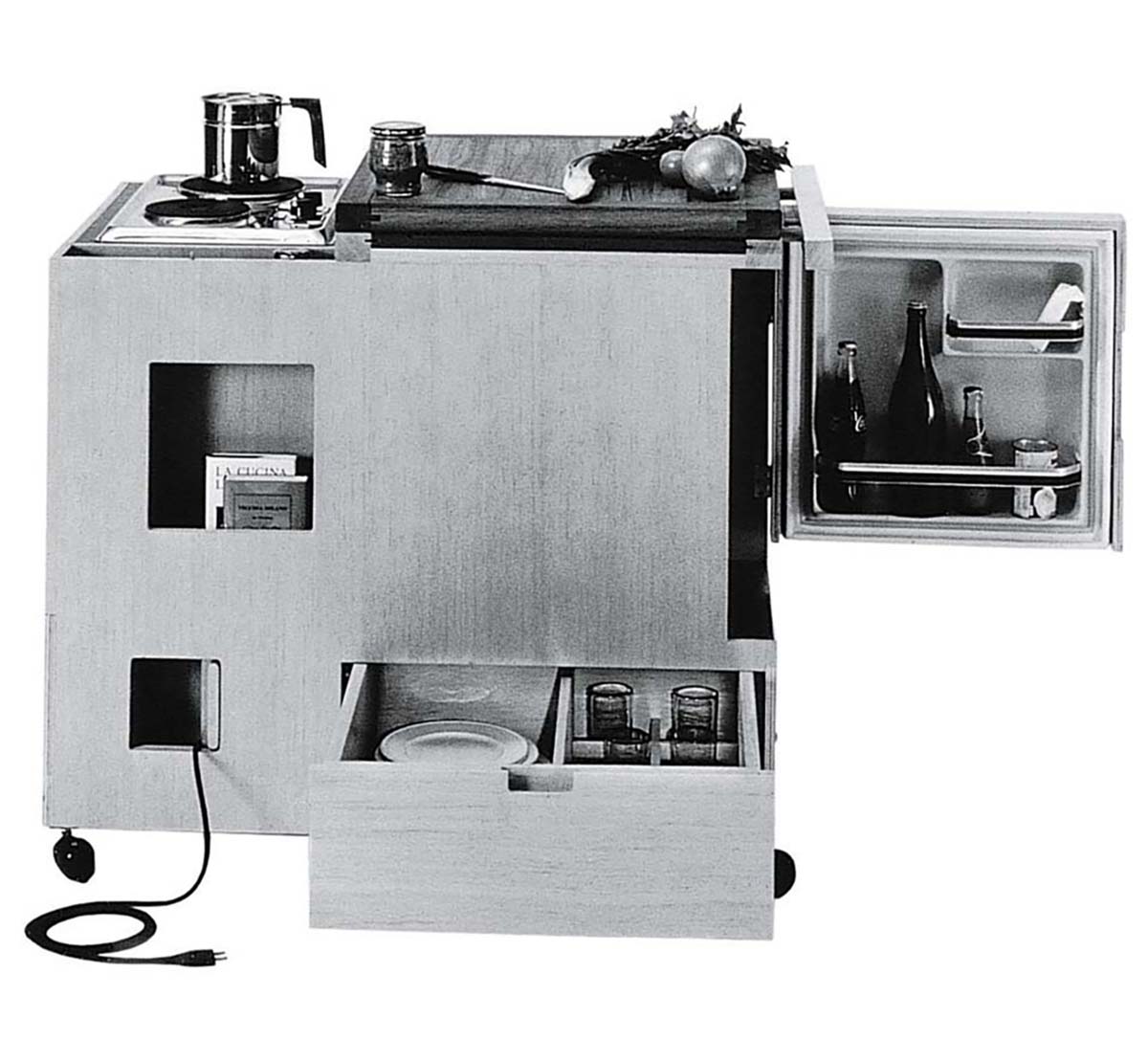
Minikitchen, design by Joe Colombo, 1963
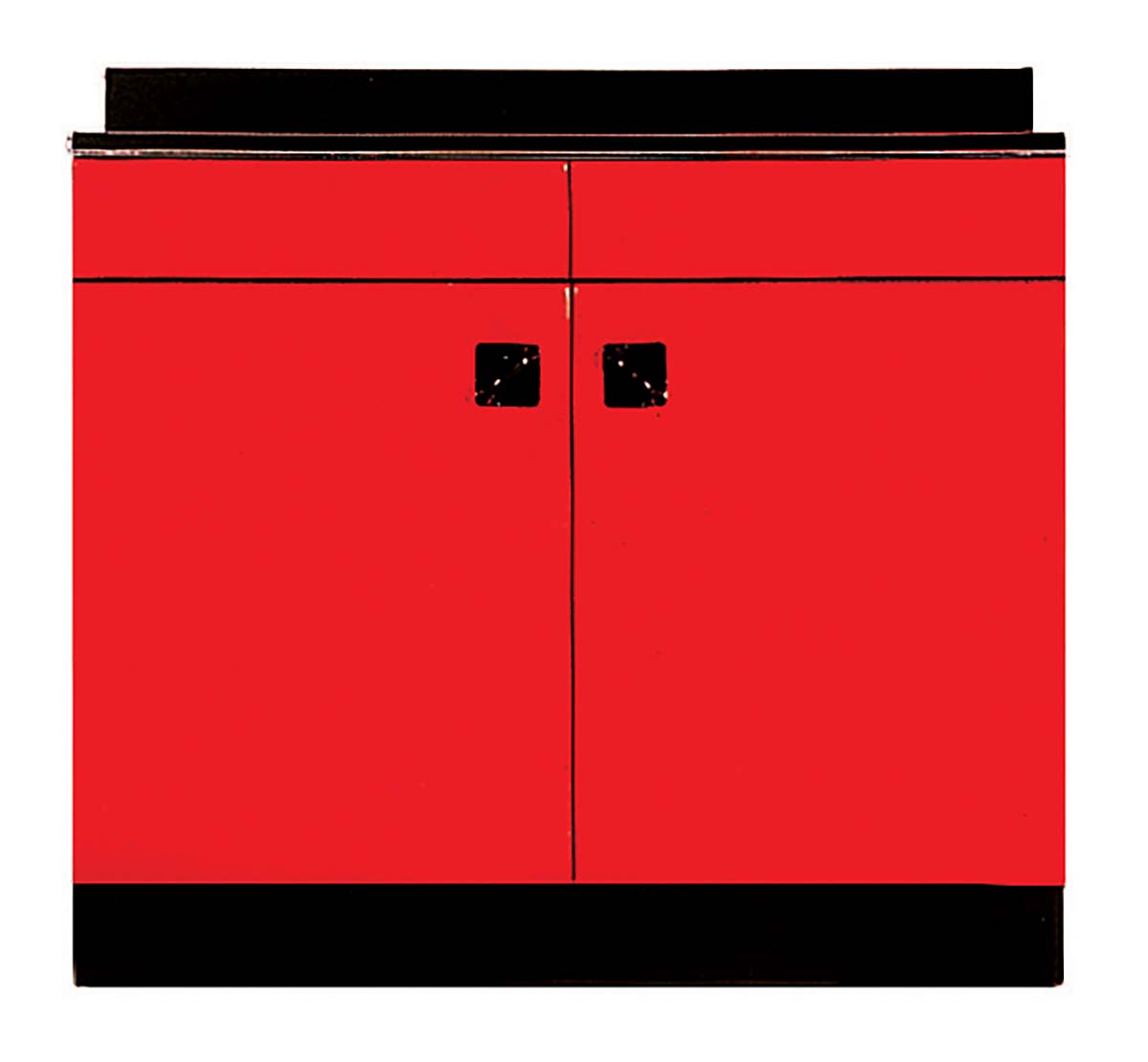
Serie C by Boffi, design by
Sergio Asti e Sergio Favre, 1954
Already in 1997, Boffi chose to “showcase” its mission outside the customary venues of display of design in Milano Design Week, setting up spectacular installations in its showrooms, like the one on Via Solferino in Milan, or in dramatic spaces in the city like the (deconsecrated) church of San Paolo Converso, the former aeronautical factors of Caproni, and the abandoned depots of the railway station of Porta Genova.
Novelties that bordered on the provocative at the time, today such events are very popular with the design community, generating “dislocations” that have helped to forcefully define and communicate the identity of the company and its products. The high point came with the celebration of the brand’s 90th anniversary, in April during the Design Week.
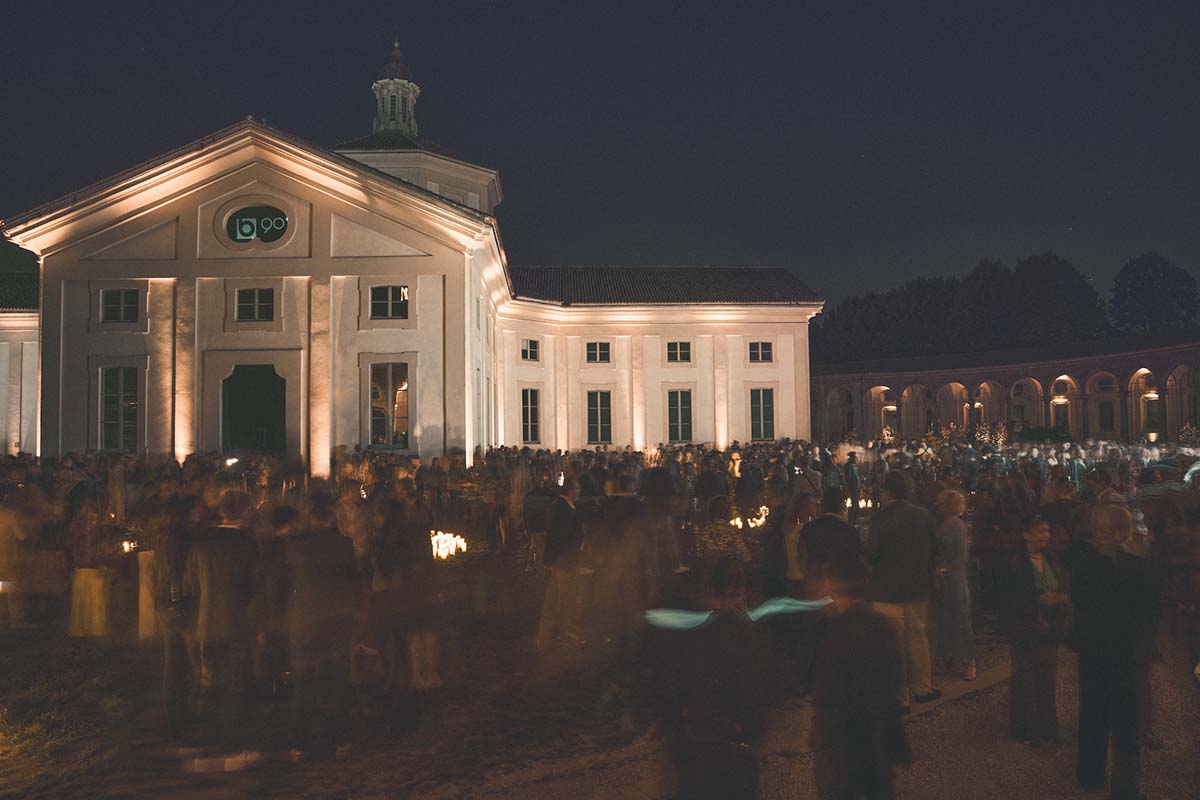
90 years of Boffi: the party
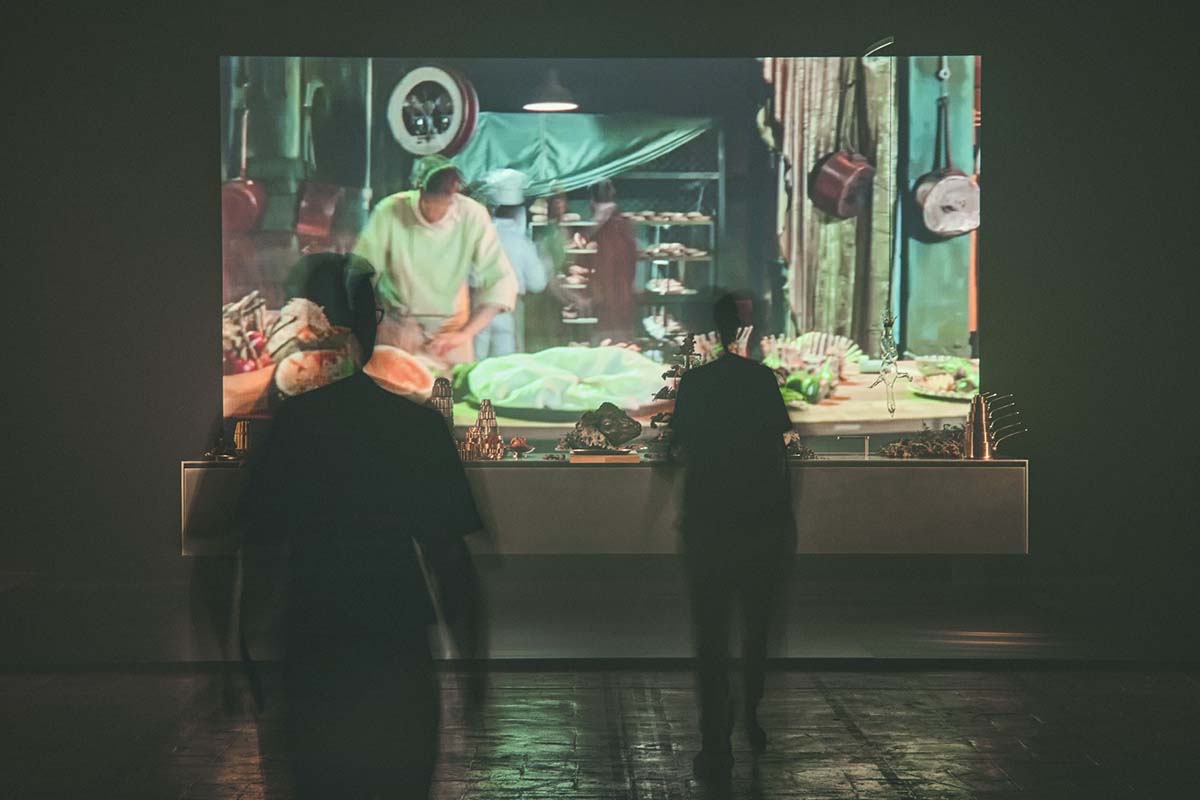
90 years of Boffi: The Banquet installation design and created by Paola Moretti.
An evening of music and socializing at Rotonda della Besana, one of the most beautiful late Baroque monuments in the city: a large green space with a former church at its center, where The Banquet, a multimedia installation designed and created by Paola Moretti, was installed.
Alongside the vocation for design, manufacturing and sustainability, Gavazzi has brought a personal vision of the role of the entrepreneur: “It is about the social responsibility of our mission, to leave a lasting mark and to promote quality in the creation of value, respecting rules, people and the environment, beyond the mere search for corporate success,” he says. The solution is to activate decisive, carefully planned steps, always and in any case seeing “the forest and not just the trees” inside this constantly evolving contemporary domestic landscape.

